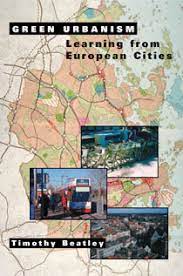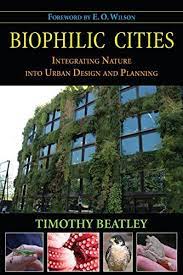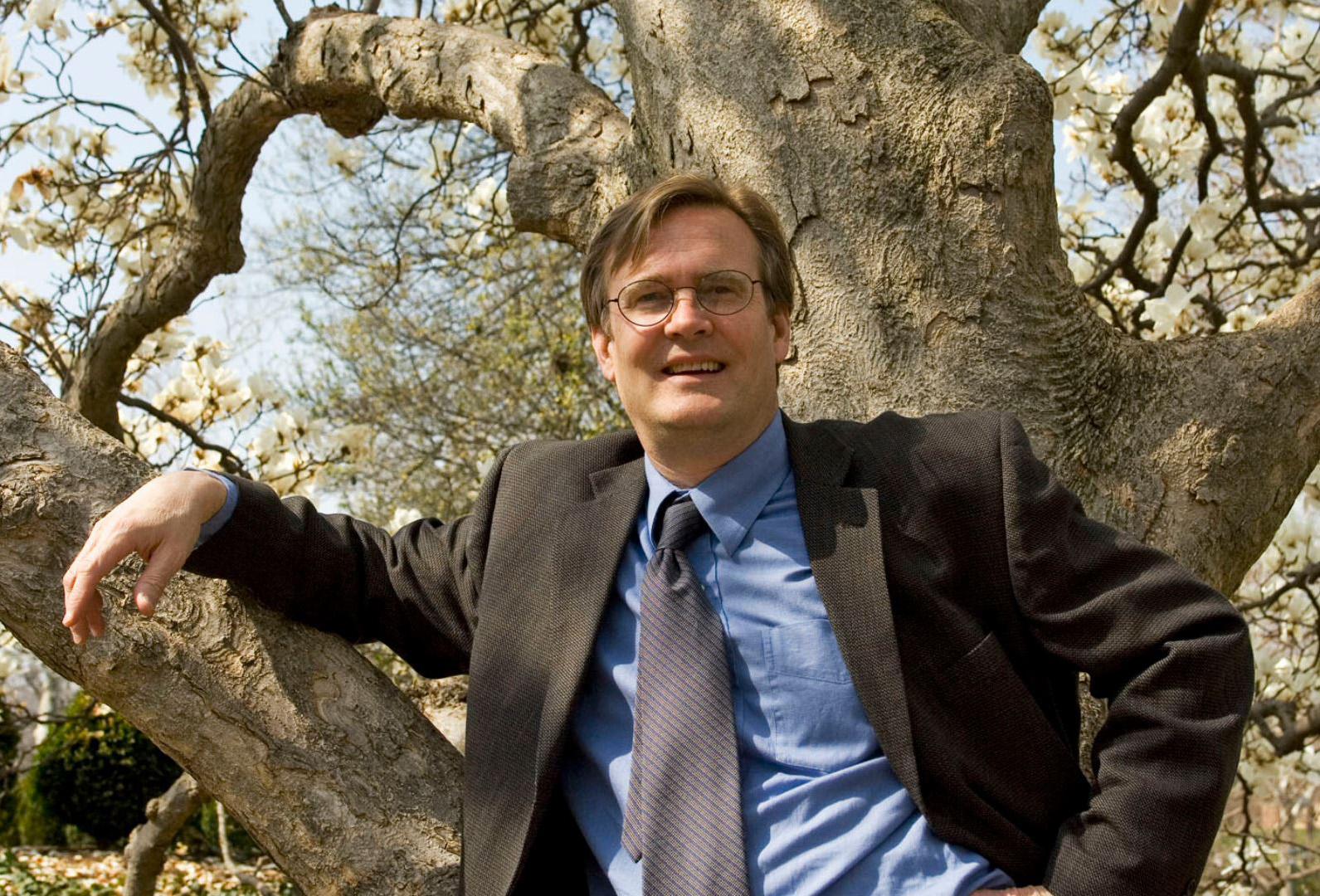- Beatley T. 2000. Green Urbanism: Learning from European Cities. Washington (DC): Island Press
In this book, Beatley introduces the learning and lessons from European Cities regarding the green urbanism and the taken lessons for American cities. The book also mentioned the key essential elements of a sustainable city as well as key sustainability practices and principles applied in such cities. The author wants to gather lessons from Europe cities to apply in American cities; therefore, he explored and collected different information and good practices from various places in Europe, which are leading in green urbanism. His research focuses on to examine the significant types of green urban forms as well as the different implications at different cities in Europe. The book is useful for my research topic as it provides a basic understanding together with the overview of green urbanism in European cities in which other countries have been applied. The main limitation of the book is that the lessons focus only on Europe and how to apply in America while my focus area is in Asia. However, understanding this basic background and good practices from different cities around the world of this concept will help me navigatevthe format and content of my project.
Try the link of book here: https://books.google.com.au/books?hl=en&lr=&id=dlMuQxpjCgsC&oi=fnd&pg=PR2&dq=Green+Urbanism:+Learning+from+European+Cities&ots=rQOQdkIENo&sig=RG-k_sdF7_jyB2K82MGPwNG3qow#v=onepage&q=Green%20Urbanism%3A%20Learning%20from%20European%20Cities&f=false.

2. Beatley T. 2011. Biophilic Cities: Integrating Nature into Urban Design and Planning. Island Press.
In Biophilic Cities, Beatley sets out his holistic vision of how to integrating nature into urban design and planning: by conserving and improving on what’s already there, or by repairing nature whenever the opportunity arises. The author also argues that nature in the cities is not just about biodiversity or lots of types of green space either but strong leadership is needed to make all of this happen. He focuses on explaining the concept by giving several examples around the world to illustrate his opinion. Here, the more familiar green roofs, green walls, urban nature trails, community farms, and gardens are discussed. This information provides an understanding of the reasons why we need to include nature in the designing and planning of urban. When discussing the limitation of the book, I would think about the format of the document, which helps audients easier to catch up with the content and avoid the repetitive of using the same examples. However, this information is another perspective and explores the vision of the specialist in the American environment. It also helps to see the differences in the way Europe and American look at the urbanism and how to implement it in reality.

3. Beatley, T. and Newman, P., 2013. Biophilic Cities Are Sustainable, Resilient Cities. Sustainability, 5(8), pp.3328-3345.
In this document, Beatley and Newman present another aspect of biophilic cities. Those cities do not only provide close and daily contact with nature, but also seek to foster an awareness of and caring for this nature. In addition, biophilic cities are also sustainable and resilient cities. The authors focus on the ways to achieve the condition in order to foster social and landscape resilient face with the current challenges of the urbanization century. This paper identifies key pathways by which biophilic urbanism enhances resilience, and while some are well-established relationships, others are more tentative and suggest future research and testing. This reading is really useful and benefited my research as I am interested in the connection between the biophilic city and social relationship as well as the interconnection of humans and nature. Therefore, understanding how biophilic cities can create sustainable and resilient for the city is one of the main focused which need to be investigated in my topic. It will guide and provide the direction as well as the instruction for deeper studies that I need to examine.
4. Beatley, T. 2014. Imagining Biophilic Cities. In Low Carbon Cities (pp. 123-134). Routledge.
In this article, Beatley introduced the basic and simple understanding of what are the biophilic city as well as some important dimensions and possible indicators of biophilic cities. Based on the term “biophilia” of E.O. Wilson two decades ago, which described the extend to which, humans need connection with nature and other forms of life, the author wants to extent the understand about the biophilic city in the current context and future circumstances. He focused mainly on the definition of the biophilic city and the basic attributes of this term. This reading is very useful for my topic and my research as it provides basic and essential knowledge about the term, the definition, the understanding of dimensions and indicators of this topic. The limit of this document is only focused on what are the definitions of the biophilic city and the introduction of its characters instead of a deeper understanding of it. However, by this document, I also have the understanding that biophilic city is not limited about its physical conditions of nature setting or green design and ecological intervention but it is much about a city’s underlying biophilic spirit and sensibilities as this is the main focus for my research, the relationship, and interconnection between the biophilic city and human feeling. I think this is a very good start to begin with this topic in order to have the ideas about the concept; therefore, I could have more researches and investigating further to study this topic.
